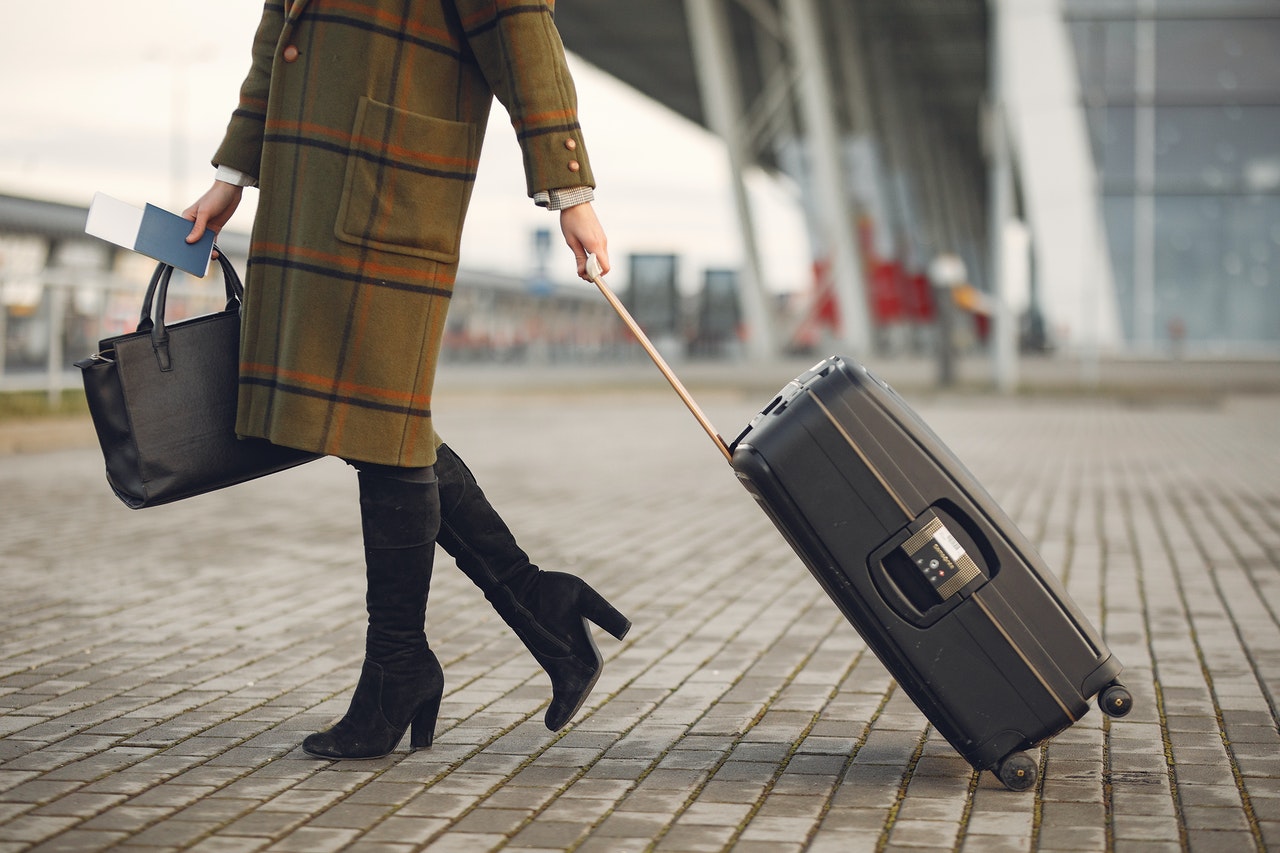In a year, Americans take 2.29 billion domestic trips. While 93 million Americans fly out of the country, 76.9 million international visitors fly in, with 9.8 million of them headed to New York. For years, visitors have ensured a sprawling New York at any time of the year.
In March 2020, the New York of days before seemed like a dream. No pedestrians were crowding the intersections of Manhattan. The brownstone houses were as monochrome as possible, with no joggers and workers lined by the sidewalks. And perhaps at one the most deserted places of all, the John F. Kennedy Airport ushered out its last passenger.
Then lock down was relaxed by the middle of the year. Things have gotten better since then. Yet even if we now get to travel again, it’s a whole different level of experience. How can we use this to our advantage?
Rethinking Tourism: A Digital Approach
Despite the travel restrictions, authorities should still maintain people’s awareness of destinations across the country. Marketing should continue, but this time, it should be directed to the destination itself, not just its ‘touristy’ attractions.
Fortunately, we are in the digital age, when communication is at its easiest. Through social media, travel agencies should also promote accurate, up-to-date epidemiological information about various destinations.
This is a bit different from the usual travel ads where it’s all about fun and games, and for some viewers, it may be considered boring. Thus, as travel agencies shift towards becoming more digital, they should also employ specialized marketing and public relations services to know their audience.
Travel Agencies Must Recognize Difference in Digital Marketing vs. Traditional Marketing
Even digital companies today use specialized PR services for tech companies to market their brand. There’s no one size that fits all, and advertising for different media can be very nuanced.
For instance, traditional marketing focuses on ad campaigns that stretch over a period. A single campaign could go for months. But the online world moves faster. It constantly evolves. Unlike traditional marketing, digital marketing programs must be carried out in a fast-paced environment.
As travel agencies move their tourism efforts online, they should be aware of these differences.
What Kinds of Tourism Ads Would We See More?
Travel agencies have started changing their online marketing to adapt to the new normal. Here’s how post-pandemic ads could change your travel plans soon.
1. Ads focusing on “me-time” and riding solo.
If you’re not one to travel alone, an ad for solo travel may finally convince you one of these days. Recently, more travel pages are banking on the values of solitude and self-care to promote secluded hot spots.
For example, Tourism Vancouver used this strategy to promote their hiking trails. In a post, they captioned a destination photo by quoting Charles Bukowski: “Sometimes solitude is one of the most beautiful things on earth.”
2. A push for local tourism.
The lock down prohibited inter-state travel and out-of-town tours. Instead of pushing these kinds of travel, agencies have moved towards localized tourism, focusing on the locals themselves. By promoting destinations to its proximate communities, domestic economy will improve in no time.

How Airports Have Adapted
While the sprawling New York crowds are a sight to behold for some, for others, especially those who regularly travel through the LaGuardia Airport, it can be a reminder of blurry swarms of passengers at the terminal. Eager to dispute its bad reputation for understaffed stalls and dilapidated structures, LaGuardia has pushed its multi-billion rebuilding programs.
Fortunately, these were nearing completion during the pandemic outbreak, and the airport found a way to make the most of the hiatus. Aside from the renovations, LaGuardia’s reconstruction will move towards a contactless airport to offer touchless technology and self-service machines.
How People’s Travel Behaviors Changed
During the pandemic, shopping became the primary purpose of travel. Outdoor activities were put on hold.
As lockdown restrictions were relaxed, localized travel became allowed. Thus, domestic travel became the closest thing we could get to a recreational trip. Domestic travel improved significantly, especially during the summer when people were itching for a quick getaway. As people avoided the crowds, nature destinations dominated searches on TripAdvisor. National parks and campgrounds became a thing once again.
Going Further
As more people get their vaccine shots, traveling will become a habit again. Even without a fatal disease to fear, we should develop precautionary habits to make traveling safe for everyone. Let’s not forget the safety measures that kept us safe until now.
